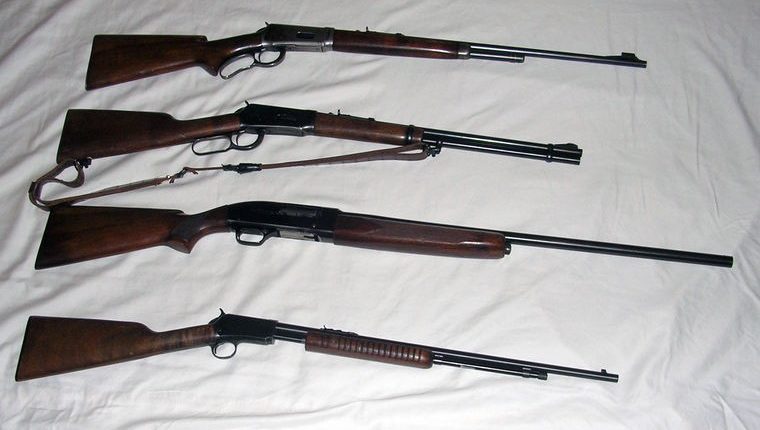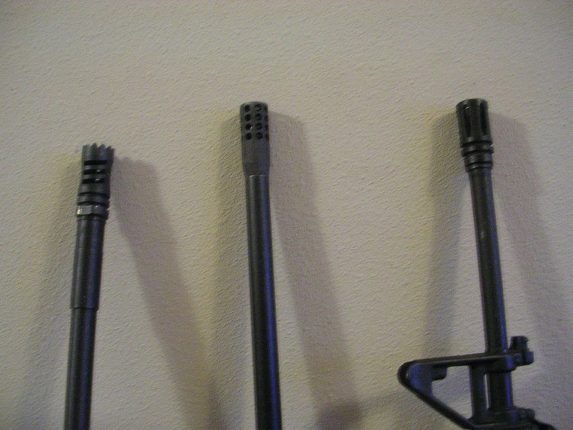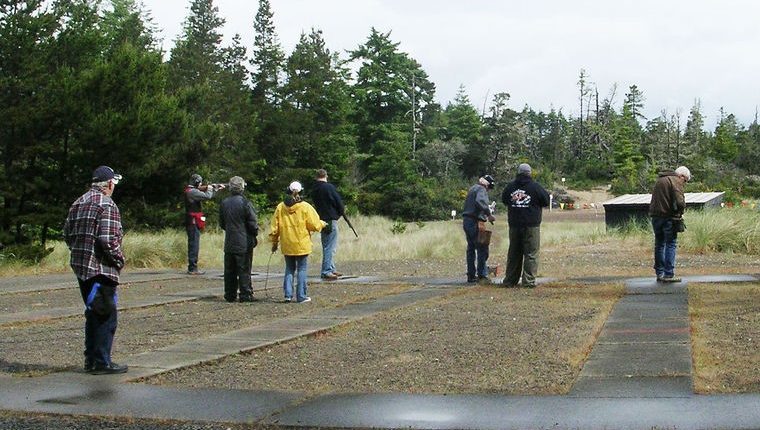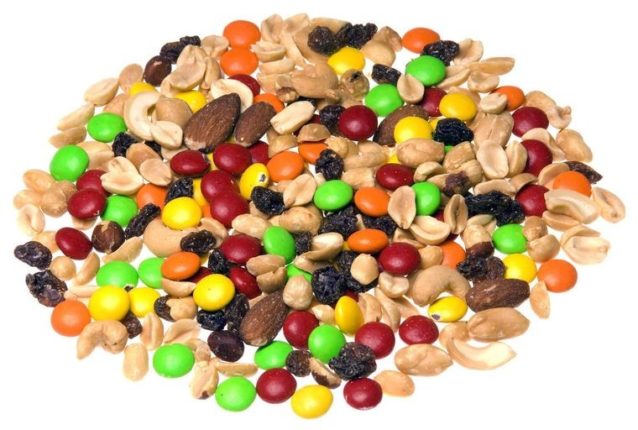Even at a young age, I was trying to decide what the best caliber for a hunting rifle should be, though my first real hunting trip was several years in the future.
I had trouble understanding why the supposed experts couldn’t agree on one caliber that was best for everything until I grew up and learned there was no such caliber.
Each of the experts formed their opinions on the hunting they normally engaged in, and usually preferred different calibers for different conditions and game being hunted. They all had favorite calibers they enjoyed hunting various game animals with. However, they would switch to something else when the game got bigger or more dangerous and when the distance to the target increased.
For example, Jack O’Conner is known for favoring the .270 Winchester and proclaiming it close to the perfect all-around hunting rifle. However, when Jack hunted Alaskan brown bears, he switched to a .30-06 Springfield or a .375 H&H. He wrote about Alaskan brown bear hunting with both calibers.
Bob Milek, who for several years was the Western Field Editor for Petersen’s Hunting magazine, always wrote very well thought out articles on hunting deer, pronghorn, elk and black bear. He preferred the .257 Roberts and wrote more articles about that caliber and the other quarter bore cartridges available than any other gun writer.
On the other hand, Milek admitted that the .257 Roberts had real limitations as the range stretched out past 300 yards and the target was elk or moose.
When it came to deer or pronghorn, though, Milek swore by the .257 Roberts. He took his shots at 300 yards or fewer and claimed that nothing he ever shot with it got away. Milek was also a crack shot and knew what his rifle was capable of. He always stated that 200 to 250 yards was the maximum distance that the .257 Roberts should be used on elk or moose.
About 1960, Milek started writing more articles about the .25-06 and the .257 Weatherby Magnum. He felt that both cartridges offered flatter trajectories and better penetration of game at long range when deer, pronghorn, elk or moose were the targets.
The .257 Roberts had a muzzle velocity of about 2,987 feet per second when Milek loaded it with a 100-grain spire point bullet. It has about 2,822 feet per second when he loaded it with a 120-grain spitzer bullet.
The .25-06 has a muzzle velocity of 3,230 feet per second with 100-grain spire point factory ammunition and 2,998 feet per second with 120-grain factory spire point ammunition.
That may seem like a small difference, but the .30-06 case that the .25 -06 utilizes will hold more powder than the .257 Roberts case. Thus, loaders and reloaders can work up safe loads that generate more feet per second and more foot-pounds of energy out to 400 yards. Even so, because of the lighter-weight bullets that the quarter bores use, it is recommended that the .25-06 be used for medium-sized game out to about 350 yards or less.
The .257 Weatherby Magnum has a muzzle velocity of 3,602 feet per second with a 100-grain spire point commercial bullet and 3,305 feet per second muzzle velocity with a 120-grain Partition commercial bullet.
The .257 Weatherby ammunition is made only by Weatherby, as far as I can determine, and costs $72 for a box of 20 rounds for the 100-grain spire points and $98 for a box of 20 120-grain Partition rounds.
Still, because of the lightweight bullets that quarter bores use, even the .257 Weather Magnum is considered a medium game cartridge out to 400 to 450 yards.
Milek admitted the superior ballistics of the .257 Weatherby. But to my knowledge he never embraced the Weatherby offering in .257 caliber because he felt that the long throat of the Weatherby could have an adverse effect on accuracy.
He wrote, “Any time a bullet has to travel unsupported for the distance it does in a .257 Weatherby chamber, it isn’t going to enter the rifling perfectly straight and accuracy will be effected.”
If you have a .257 Roberts that you really like to hunt with, it appears to be a good varmint cartridge with its mild recoil. The .257 Roberts also is an acceptable cartridge for thin-skinned big game such as deer, or heavy boned medium-sized game like sheep, black bear and caribou out to 200 yards.
However, if the range gets much over 300 yards, the .25-06 and the 257 Weatherby seem to be better and more humane choices. That’s if you prefer the small .257 caliber cartridges with less recoil than the 7mm and .30 caliber big game cartridges.
Smokey Merkley was raised in Idaho and has been hunting since he was 10 years old. He was a member of the faculty of Texas A&M University for 25 years. There he taught orienteering, marksmanship, self-defense, fencing, scuba diving and boxing. He was among the first DPS-certified Texas Concealed Handgun Instructors. He can be contacted at mokeydo41245@hotmail.com.





